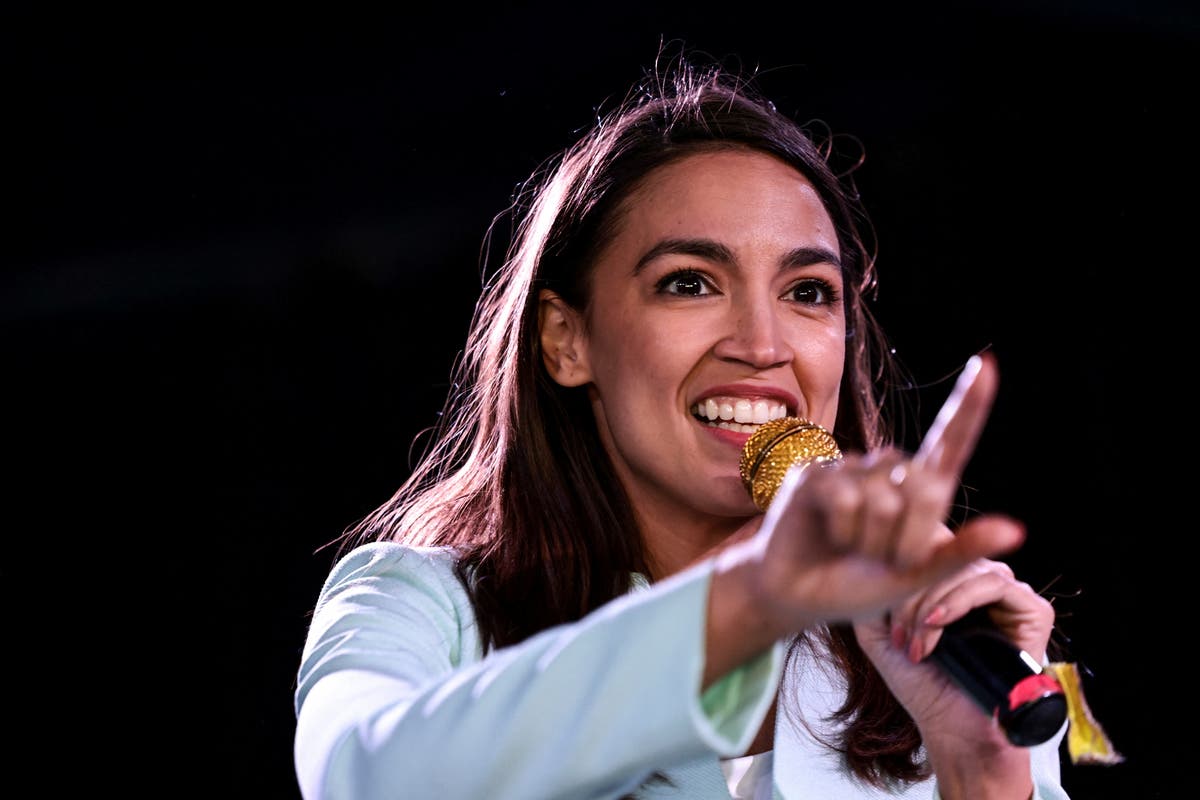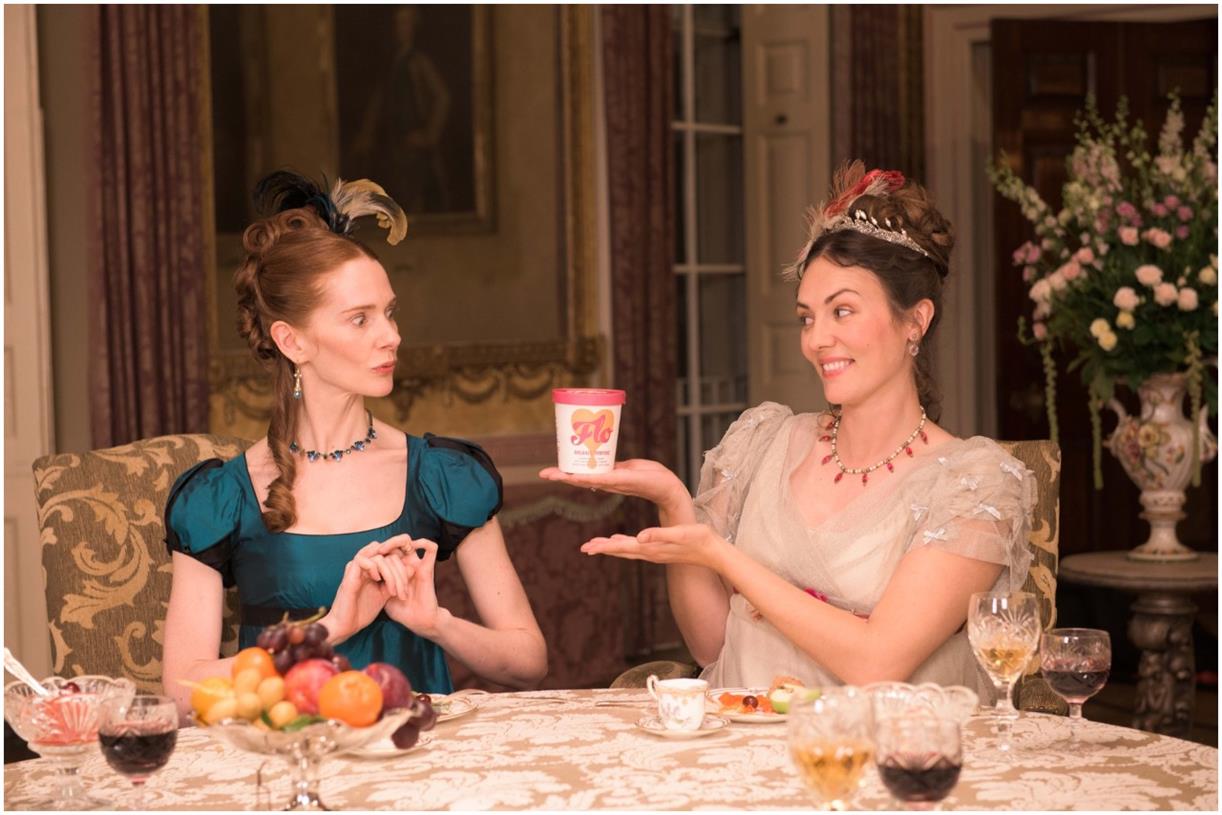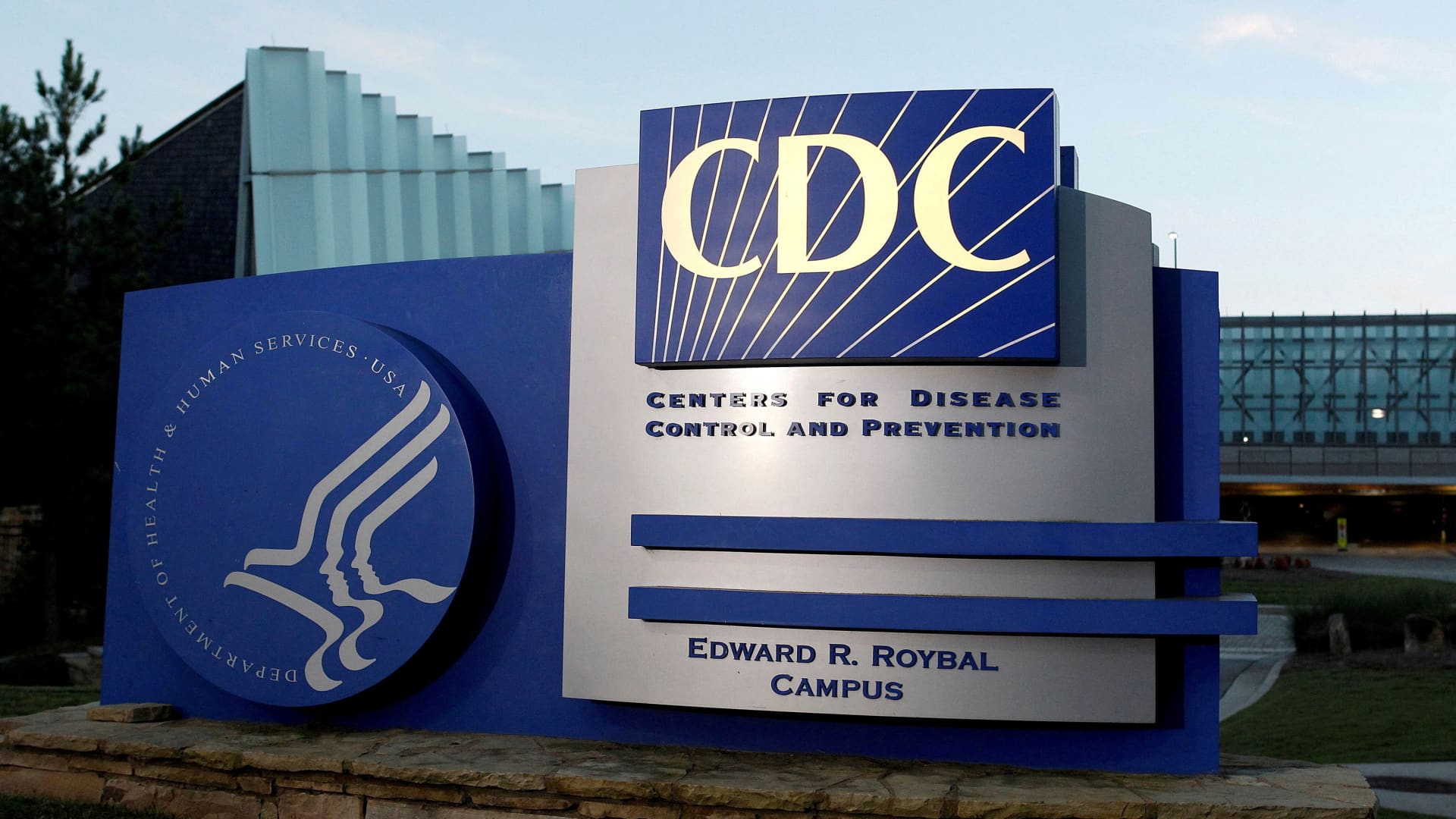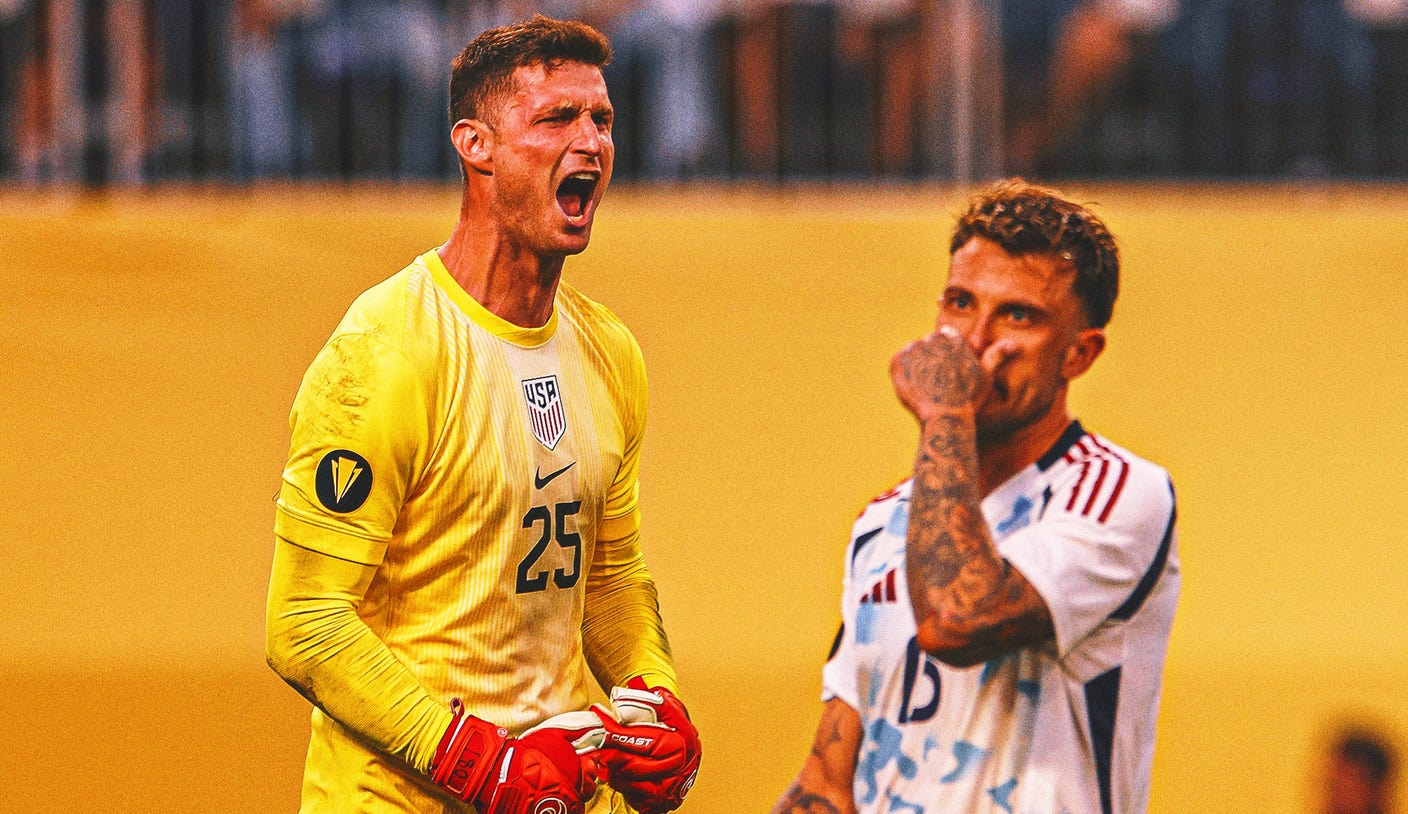The Real History of Halloween
It's scary how little we know about where Halloween traditions come from.


Credit: Everett Collection/Shutterstock
If you don’t like Halloween, we can’t be friends. I don’t care whether you celebrate with a drunken costume party, pumpkin carving, door-to-door candy begging, or you go for a more personal observance like watching horror movies all alone, but respect must be paid to the most awesome of all holidays. But where did Halloween come from and how did it end up like—gesturing toward everything—this?
Halloween is slippery. There's no clear reason to celebrate on October 31. It doesn't mark the anniversary of anything. The date is next door to a religious holiday, but Halloween isn't a religious holiday itself. Modern Halloween practices and tropes are knitted together like a cultural sweater, partly from disparate ancient traditions, religious rites, and folk practices (maybe), and partly from modern sources. There is no clear line from any past holiday to current Halloween, and everything we believe about where Halloween “came from” could be speculation and any thoughts about what it means are opinions. A true folk holiday, Halloween is a muddy, confusing collection of practices that owes as much to Peanuts comics as it does to Medieval Catholicism.
The (slightly dubious) ancient origins of Halloween
The most commonly repeated Halloween origin story says that the holiday began with the Samhain (pronounced sah-win or sow-in) celebrations of the Celts in Ireland, England, and Northern France. The date of November 1 or October 31 is about halfway between the autumnal equinox and winter solstice, and ninth century Irish literature describes gatherings and feasts marking Samhain, the day when ancient burial mounds were opened, and with them, portals to the Otherworld, the land of the Gods and the dead. Later, the theory goes, these practices were Christianized, renamed “All Hallow’s Day” and “All Hallow’s Eve” by the early Church, and that’s where we get Halloween.
Or maybe not. The idea that Halloween comes from pagan rituals usurped by Christians originated with Welsh scholar Sir John Rhŷs, and he didn’t back up his theory with a ton of evidence. Some modern historians maintain that ties between Celtic celebrations and early Christian practices are tenuous, and medieval Christian festivals provide the real blueprint for the holiday. We know that medieval Christians celebrated All Saints' and All Souls days during the observance of Allhallowtide—the time in the liturgical year dedicated to remembering the dead—by holding community feasts, emphasizing dead souls, decorating skeletons, and other Halloween-like activities. So what did they need Samhain for?
Either way, both All Souls Day and Samhain may have primal roots that are older than history. Harvest festivals were common in many places, and they're like Halloween parties, if you squint. The holiday takes place at the end of the harvest season and the beginning of winter, a time between life and death, when both Pagan and Christian minds turn toward the inevitable end of things. Even if the specifics change, Halloween traditions, generally, seem to pay homage to the place between life and death.
Historical Halloween
No matter where it actually started, in 835, All Saints Day (November 1) became an official Catholic day of obligation, and Allhallowtide included traditions like ringing church bells for souls in purgatory and black-clad criers taking to the streets to remind people to think of the dead. Mostly the martyred dead.
Another tradition of the time was baking “soul cakes” in memory of the dead. This led to “souling,” where groups of children traveled from house to house asking for cakes in exchange for praying for the dead. Later soulers would carry carved lanterns made of hollowed-out turnips too. Is this the origin of “trick or treating” and Jack o’ Lanterns? Maybe, but maybe not. It doesn’t seem like souling children wore costumes, even though “guising” or “mumming” (dressing in costumes and bothering your neighbors for treats and/or money) was practiced in various places in Europe during other holidays, particularly around Christmas.
Another theory for the origin of costumes for Halloween originates with the Late Medieval French tradition of the Danse Macabre—the dance of death. Perhaps in response to the Black Plague ravaging Europe, 14th century artists would depict the personification of Death surrounded by figures of a pope, an emperor, a king, a child, and a laborer—people from all levels of society—dancing toward the grave. Live versions of the Danse Macabre were enacted at village pageants, no doubt to the delight and horror of all. The grotesque but comical performance reminded people that Death would come for everyone, but also that we should have as much fun as possible before the inevitable, and there’s nothing more “Halloween” than that—in theory.
Halloween in America
In colonial America, Halloween was not widely observed. New England Puritans generally frowned on anything fun like wearing costumes, dancing with Death, or carving pumpkins, although more liberal colonists in New York, Maryland, and further south may have brought some Halloween-like activities over the ocean from their villages in Germany or Ireland. In any case, Halloween doesn't seem like it was a major event in either the U.S. or Europe before the later 1800s.
The earliest American expression of Halloween-like activities performed in late October or early November came in the form of “play parties,” or Autumn festivals, to celebrate the harvest. These gatherings, immortalized in Washington Irving's horror tale The Legend of Sleepy Hollow, often included ghost stories, attempts at divination, apple bobbing, pranks, and attempts to scare people—proto-Halloween activities, sure, but not Halloween as we know it.
It wasn’t until the Irish mass immigration of the 19th century that we see Halloween celebrations labeled as such. Beginning around the 1850s, Irish immigrants fleeing the Potato Famine descended on the country. These immigrants brought Halloween celebrations to the U.S., but it doesn’t seem like they brought Halloween costumes or trick-or-treating.
Trick-or-treating and the mysterious nature of Halloween
All of our modern ideas that Halloween traditions came from this or that ancient practice could be examples of cherry-picking data to support the conclusion that our modern Halloween traditions have a deep lineage in the first place. But what if they don't?
Trick-or-treating is the most well-known expression of Halloween, but, despite historic examples of costume-clad holiday revelers and/or people going to door to door to beg for treats on holidays, there doesn't seem to be any evidence of a direct link between any these older practices and modern trick or treating. Yes, it's a little like souling, but no one in America seems to have ever practiced souling. There's no evidence of anyone wearing costumes for Halloween in the U.S., the UK, or Ireland before 1900 either, leading some Halloween scholars to suggest that American children developed trick-or-treating and costume-wearing independently of any older tradition.
The first mention of Halloween candy collection in costume in print comes from a newspaper in Kingston, Ontario in 1911. It remained obscure enough that there’s no mention of anything like it in Ruth Edna Kelley's 1919 history of the holiday, The Book of Hallowe’en, and there are no trick-or-treaters depicted in any of the many Halloween postcards printed in the 1920s. The practice doesn’t seem to have been widespread until the late 1930s, when the first mentions of it appears in a national publication, and it didn’t really take off until the early '50s, when it appeared in a Peanuts comic strip and a Disney cartoon.
Halloween: the people's holiday
We ultimately don’t know much about the origin of Halloween because its meaning and how we celebrate it changes constantly—it used to be a day for parties celebrating the harvest where people would read each other's fortunes; then it became a day for kids to go trick or treating. It used to be a day just for kids, but now adults in a sexy Martha Washington costume celebrating with booze is accepted, even expected. Halloween is ever-changing, and there seems to be no way to pin it down.
Other major holidays are religious or meant to commemorate a specific historical event—they’re top-down holidays, where the Pope or the government decreed that everyone would get a day off on this specific date and observe it in this specific way. But Halloween is the people's holiday, so there's no official tome to tell us how we're supposed to commemorate it, or even any reason why we should be celebrating it, but every year we do anyway, just through a collective desire to get some candy, or do something witchy and fun before it gets too cold.

 JimMin
JimMin 
































